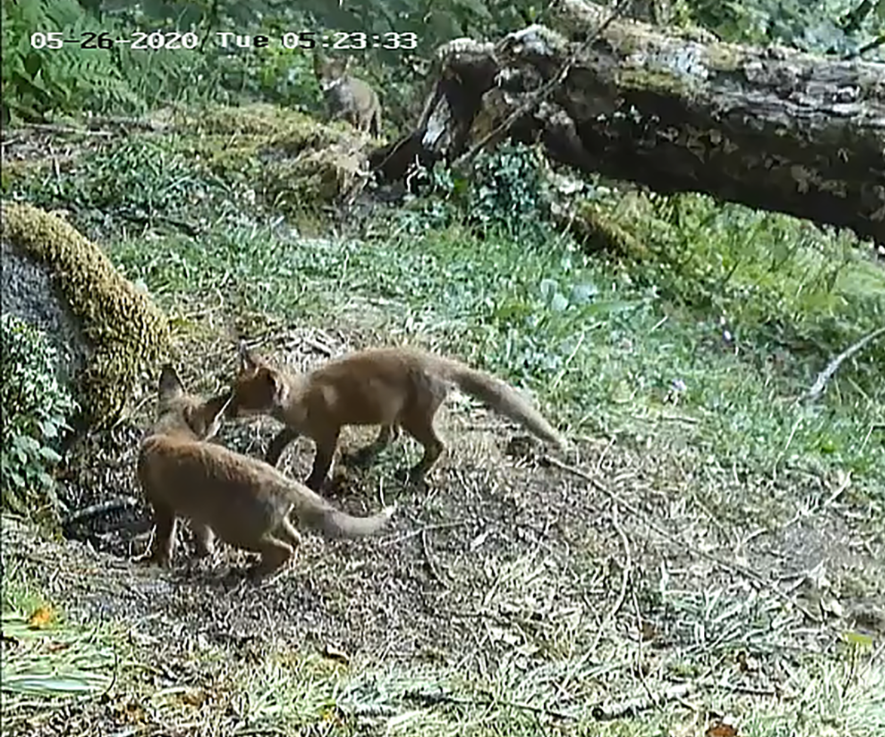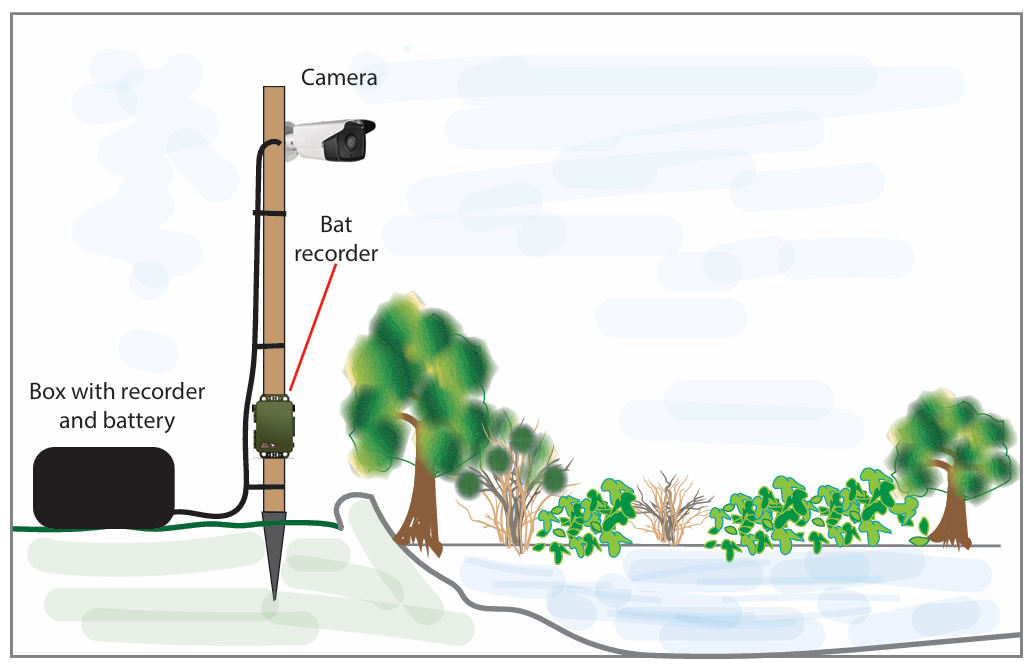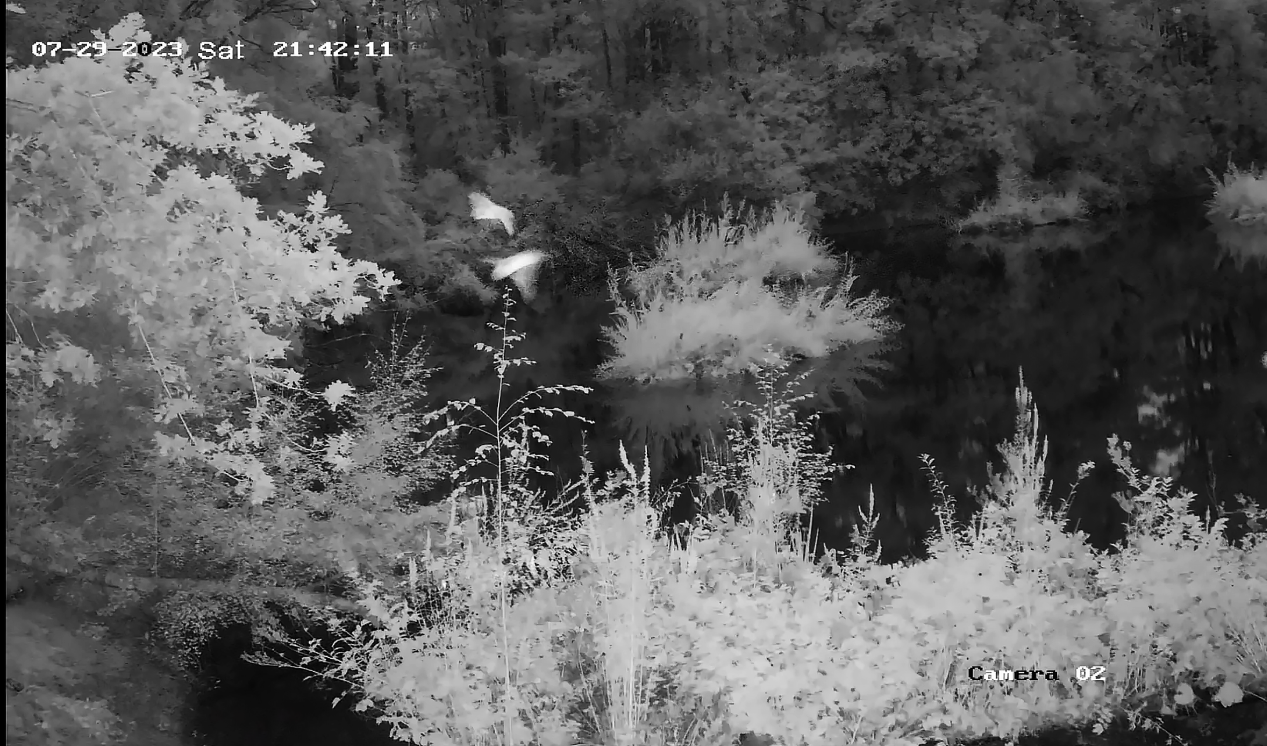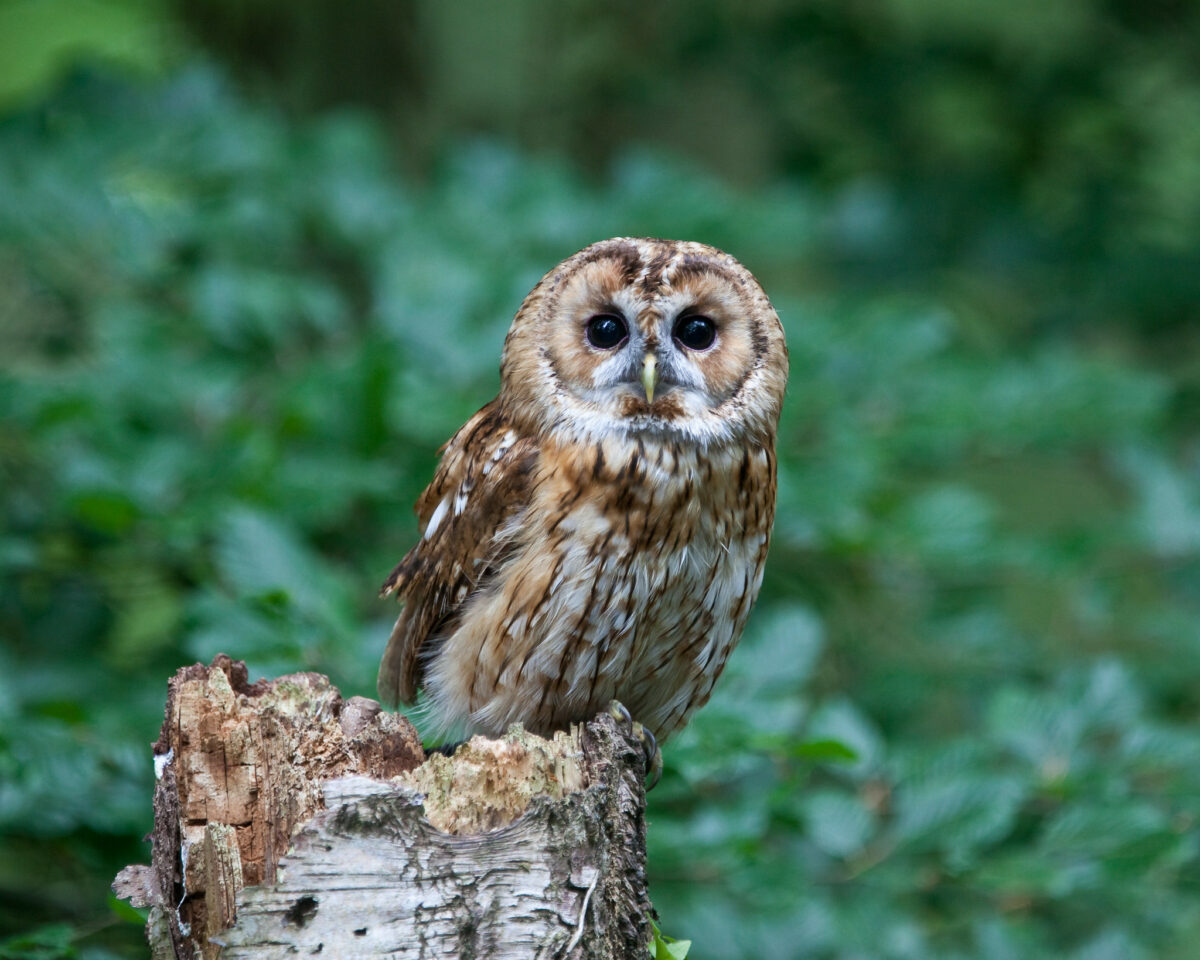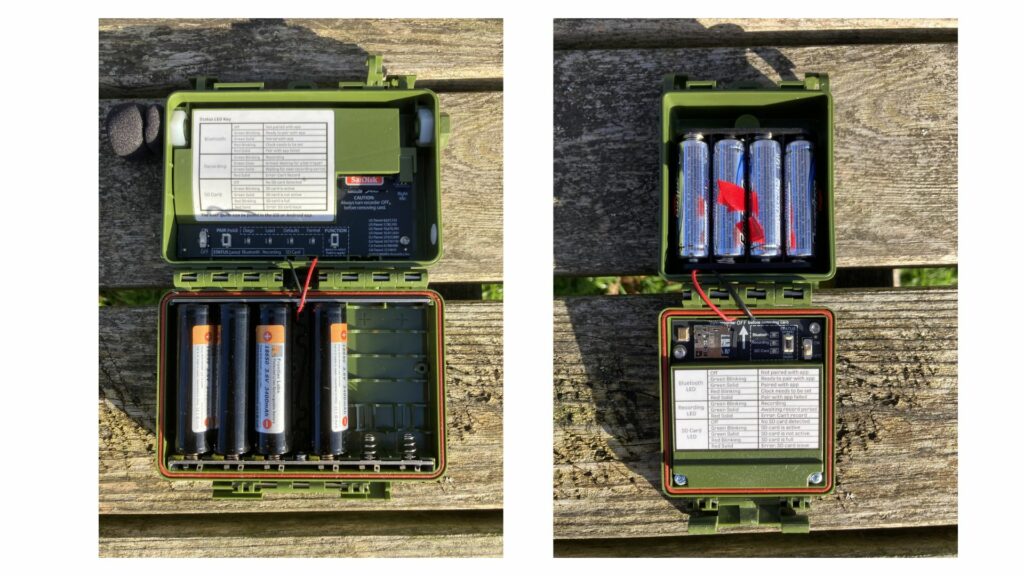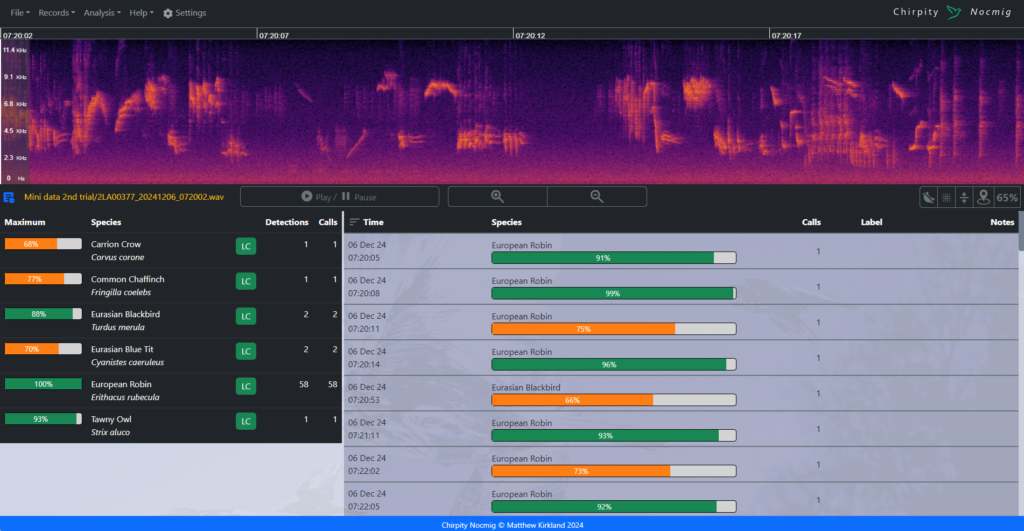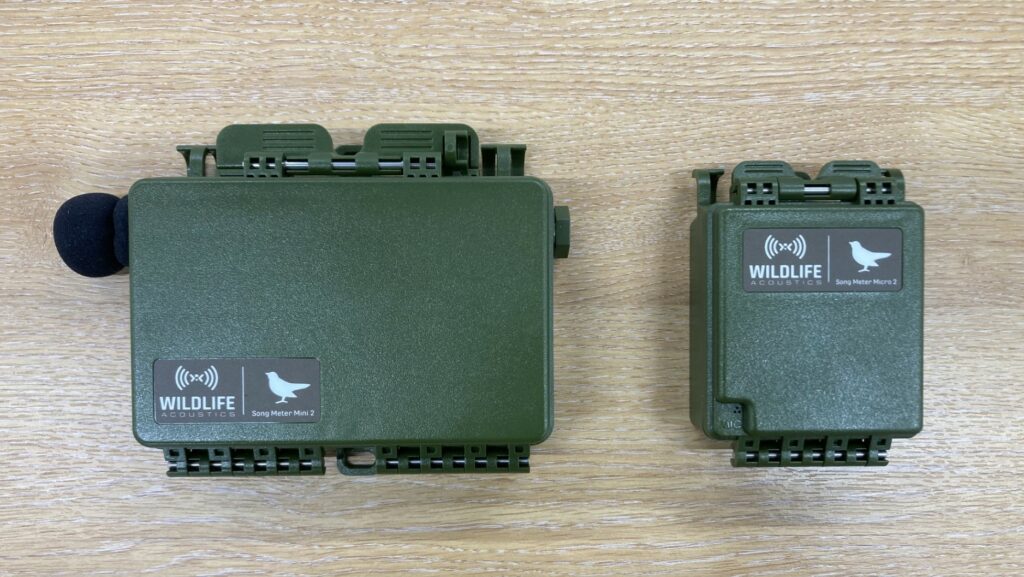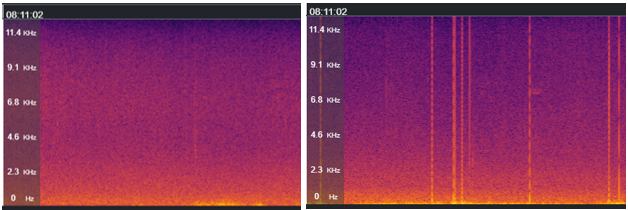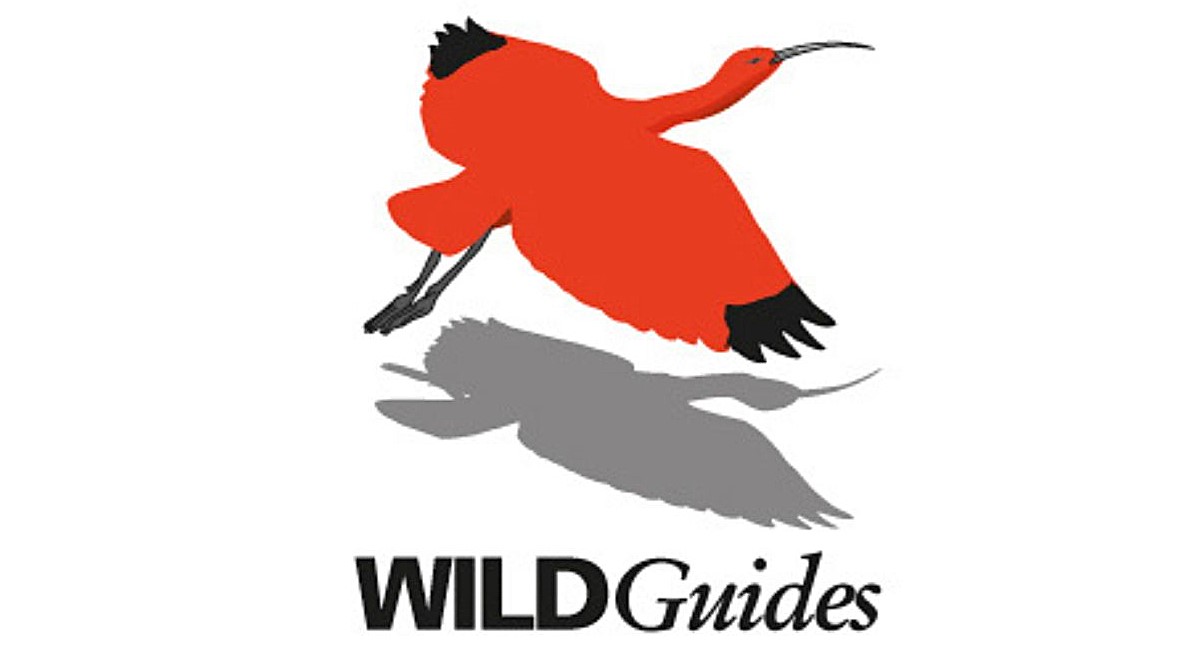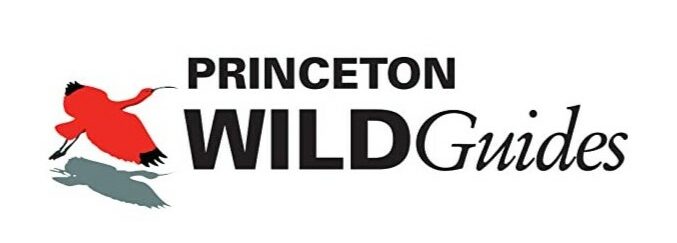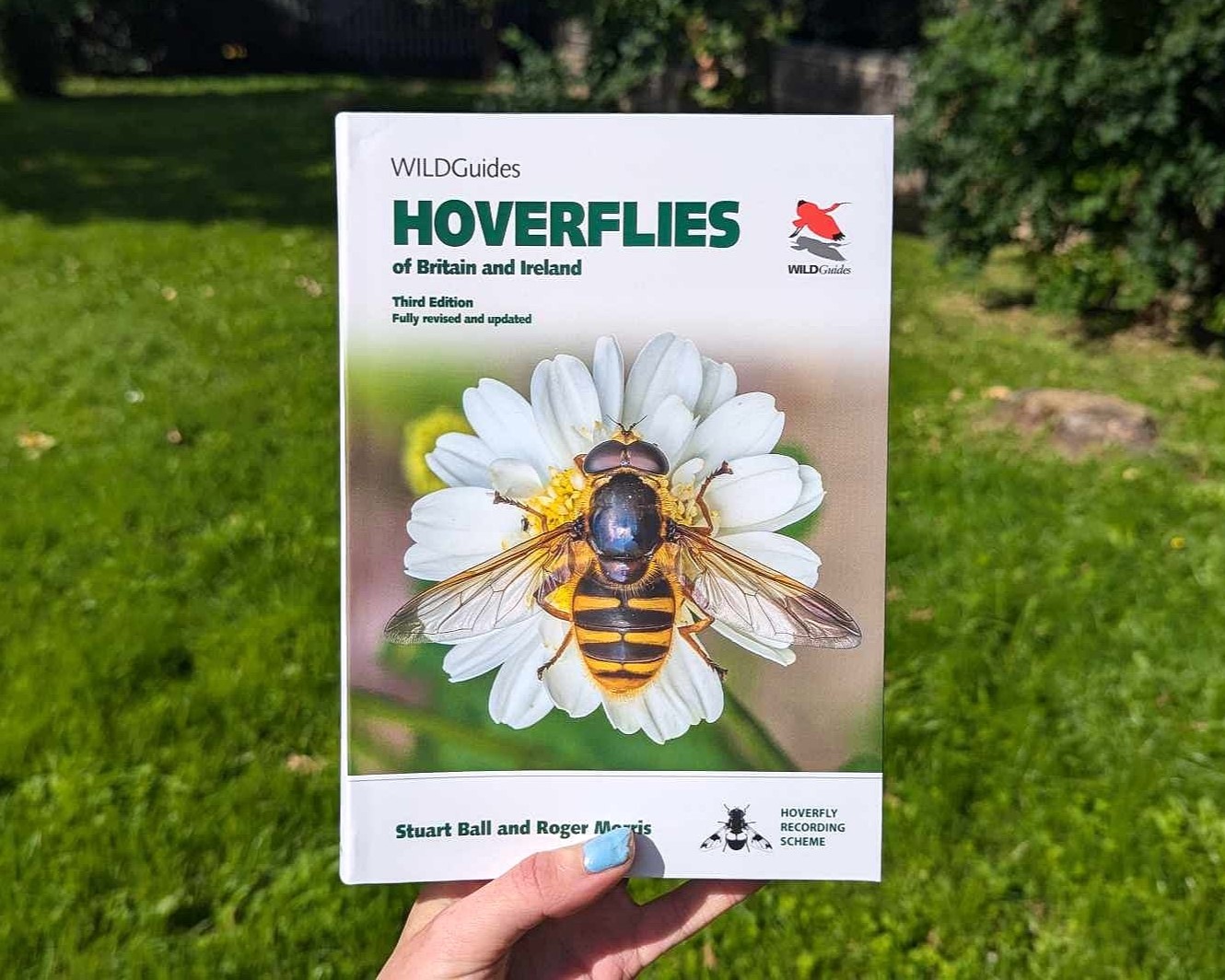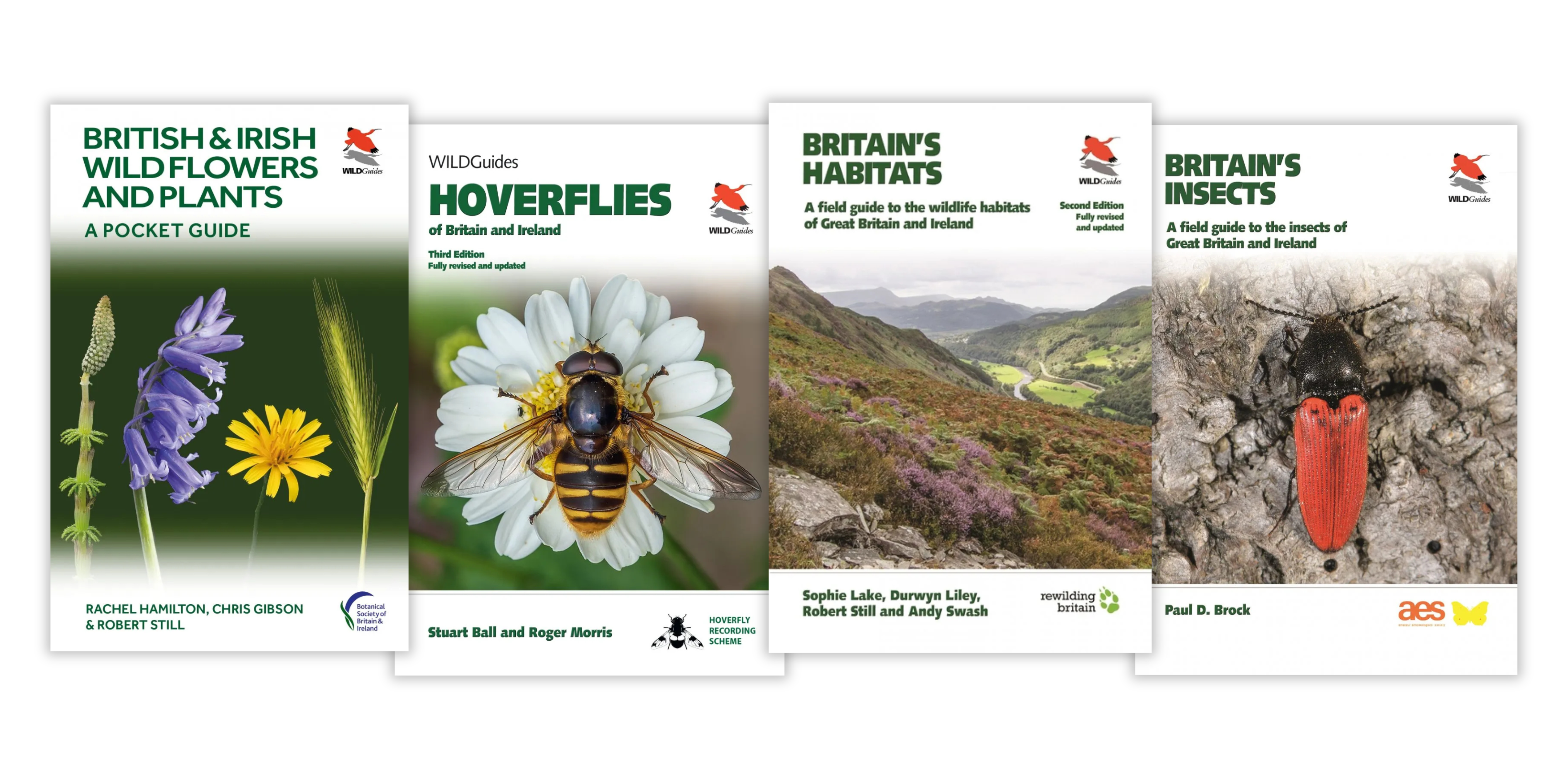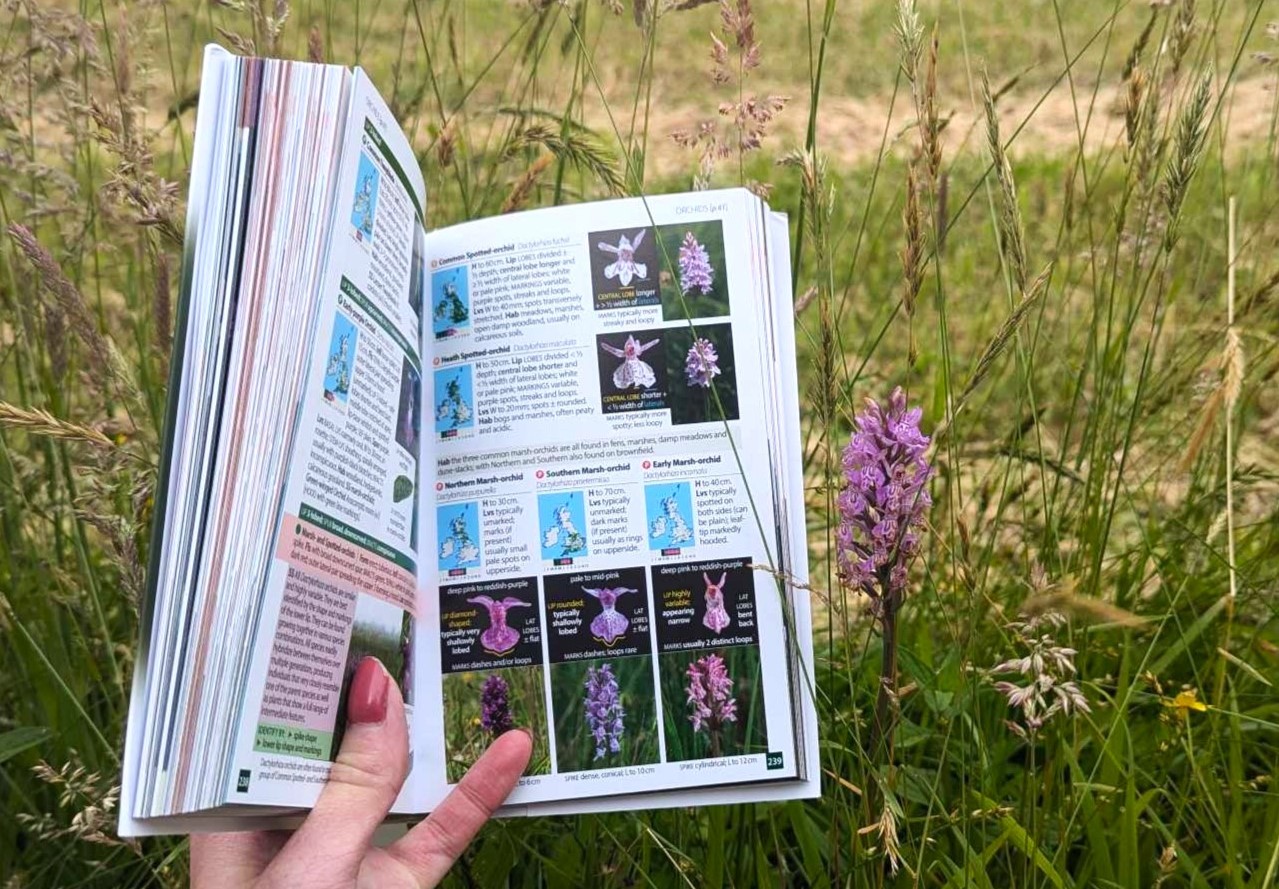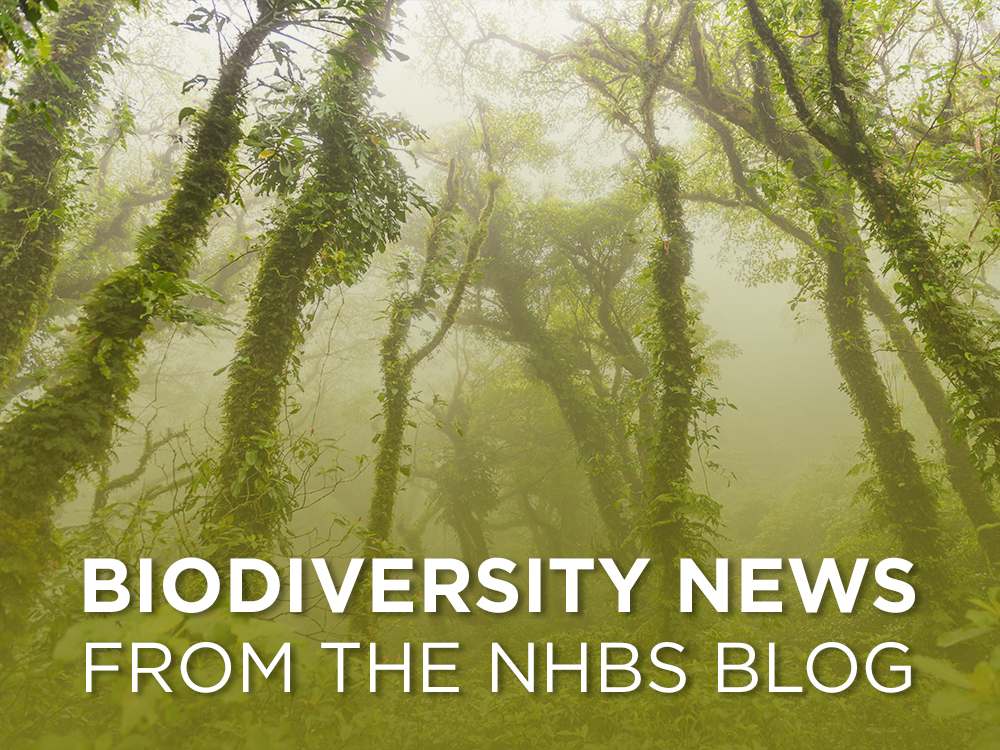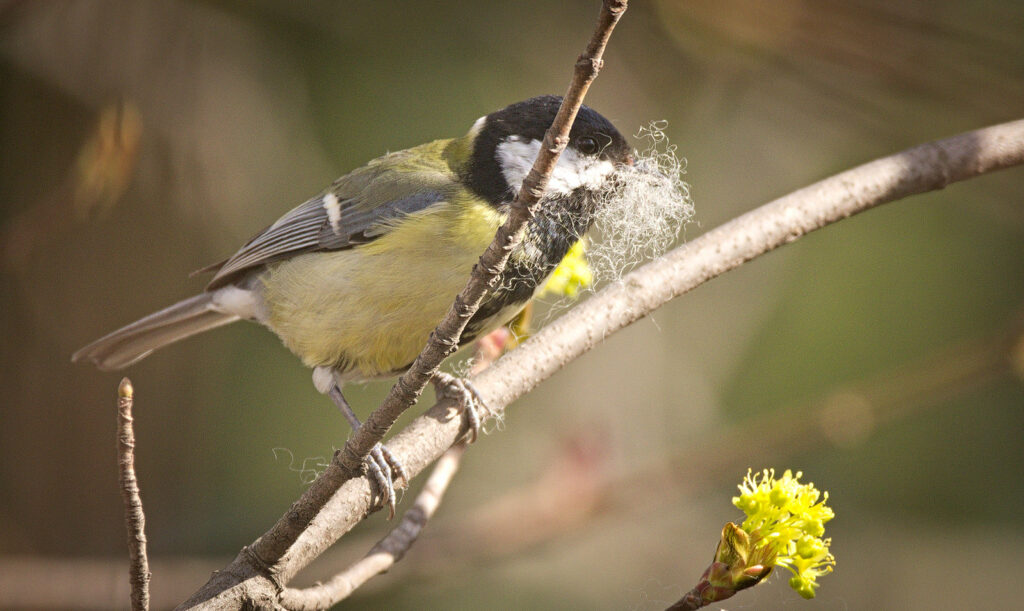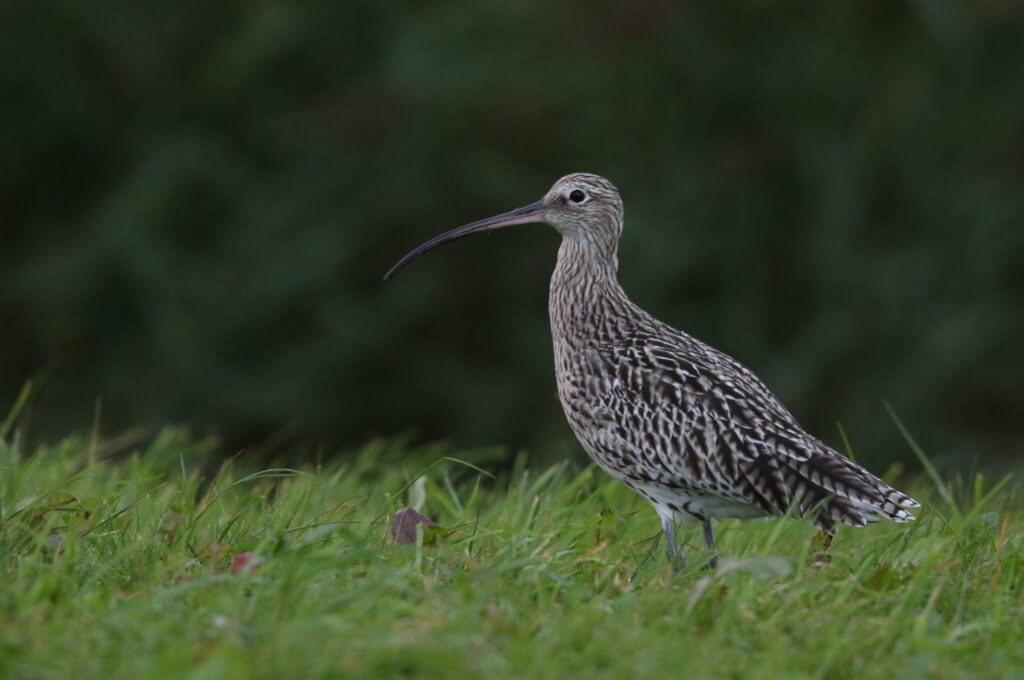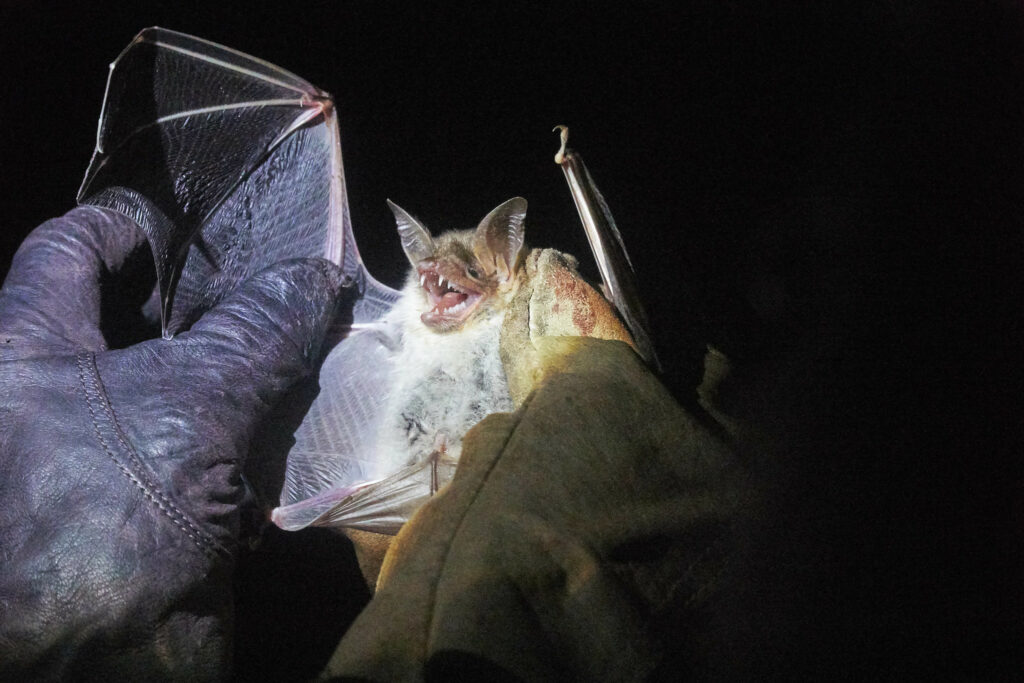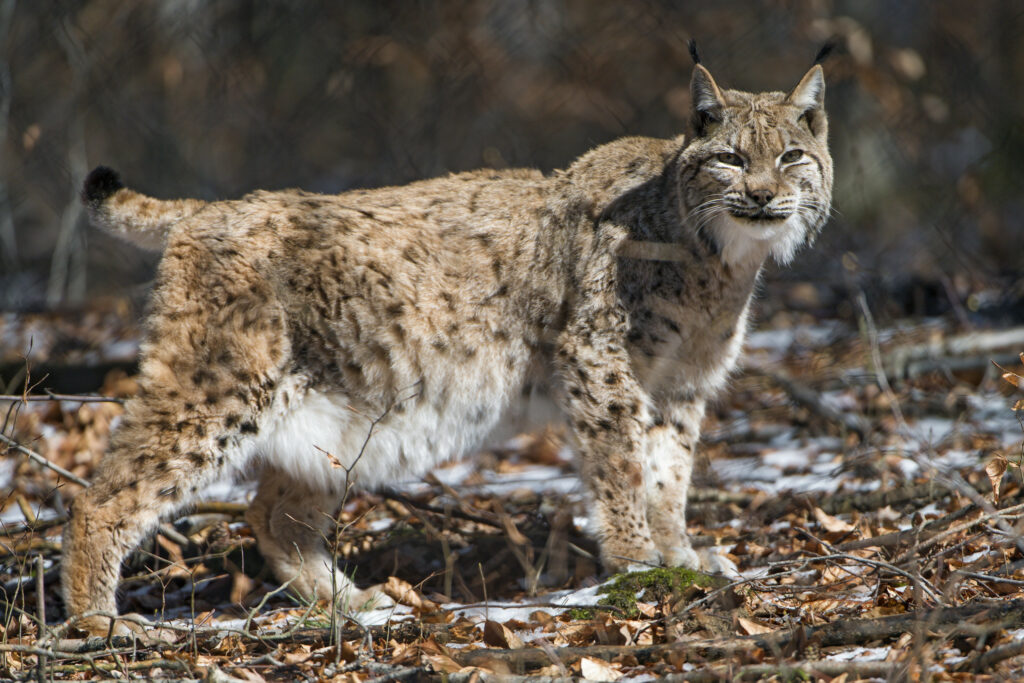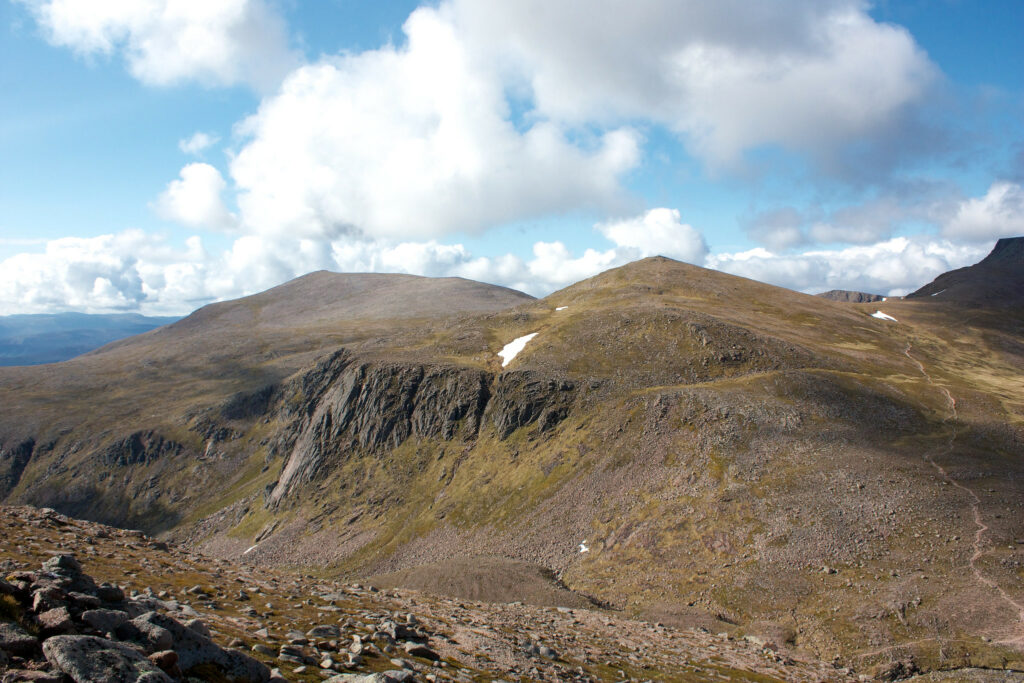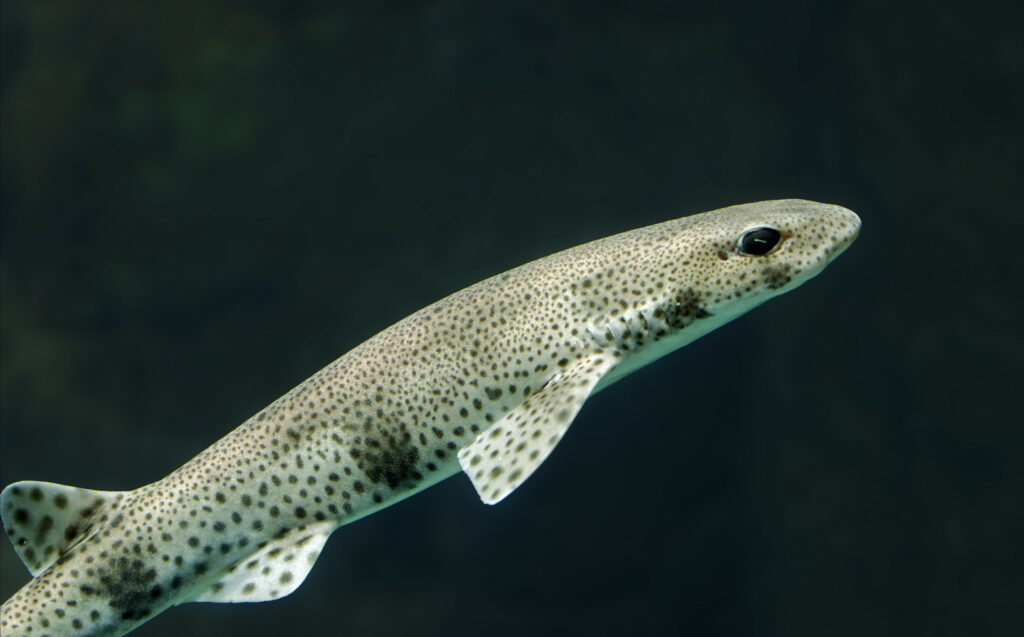The recent training course by the Bat Conservation Trust, Bats for Building Professionals, aimed to provide direction and understanding on the legal protections surrounding bats and their roosts in buildings. Suitable for contractors, pest controllers, surveyors, architects or those working within the construction industry, the session aided building professionals in developing their bat roost identification skills and taught them how to navigate situations where bats are present on site.
The seven-hour course, run over two interactive online sessions, explored bat ecology, biology, best practices, the latest guidance and legal information.
The course began with a comprehensive overview of Britain’s breeding bat species, covering their biology, ecology, adaptations, habitat preferences and roosting types. Speaker Katie Swift introduced the Bat Calendar – a particularly interesting aspect of the session which revealed how contractors and construction workers can plan work around bat activity to minimise disturbances (see below).
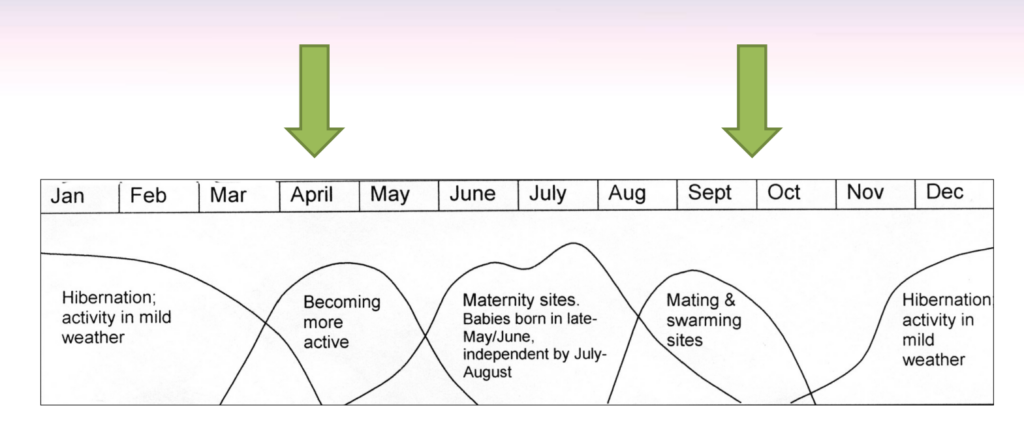
This led to a discussion of bat roosts in built structures, where Katie explained why bats favour these spaces and detailed attractive features for both cavity and crevice roosting species, such as soffits, eaves, and cladding. Exploring the different uses of these roosts throughout the year, Katie highlighted how occupied spaces change between summer and winter, and which bat species commonly utilise buildings for this purpose. Using examples like pipistrelles and horseshoe bats, she demonstrated how different species utilize roosting sites and how to recognize an active roost.
The second part of the discussion focused on legislation and bat protection, educating attendees on the laws that are in place to ensure bat protection, actions that are considered an offence, and highlighting advice services available. Katie then reviewed the European Protected Species License, explaining its role in safeguarding bats within the UK, outlining how construction activities can potentially harm bats in buildings, and when to seek advice as a building professional in keeping with best practice guidelines.
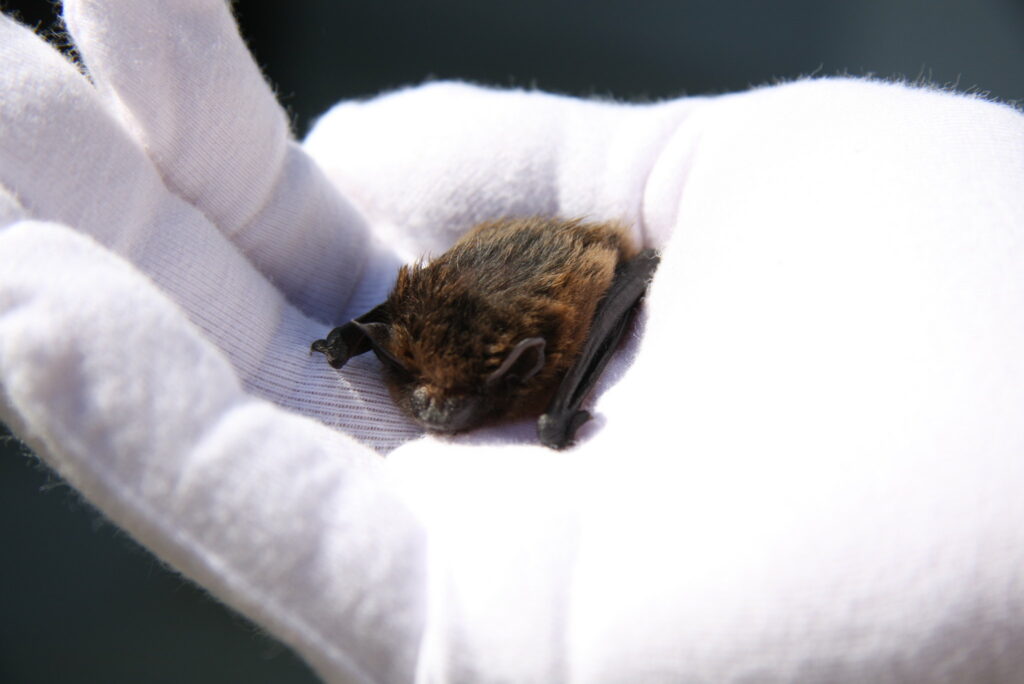
The second session concluded with an interactive quiz of working examples for building professionals, covering a range of typical building works including barn conversions, door repairs and gutter replacements.
The ‘homework’ task between sessions was a particularly enjoyable aspect of the course – through independent field work, attendees had the opportunity to report on the potential bat features of their chosen building or structure and apply the knowledge learned throughout the session to understand which species may be present in the area, the areas bats may utilise on the structure and what works might impact a roost.
This insightful and informative training course provides a valuable resource for building professionals seeking to learn or refresh their knowledge about bats and building projects. The speaker’s expertise ensured a comprehensive and engaging learning experience, covering everything from bat ecology, to bats in buildings and licensing.
Find out more about upcoming events and the extensive range of training courses with the Bat Conservation Trust via their website.



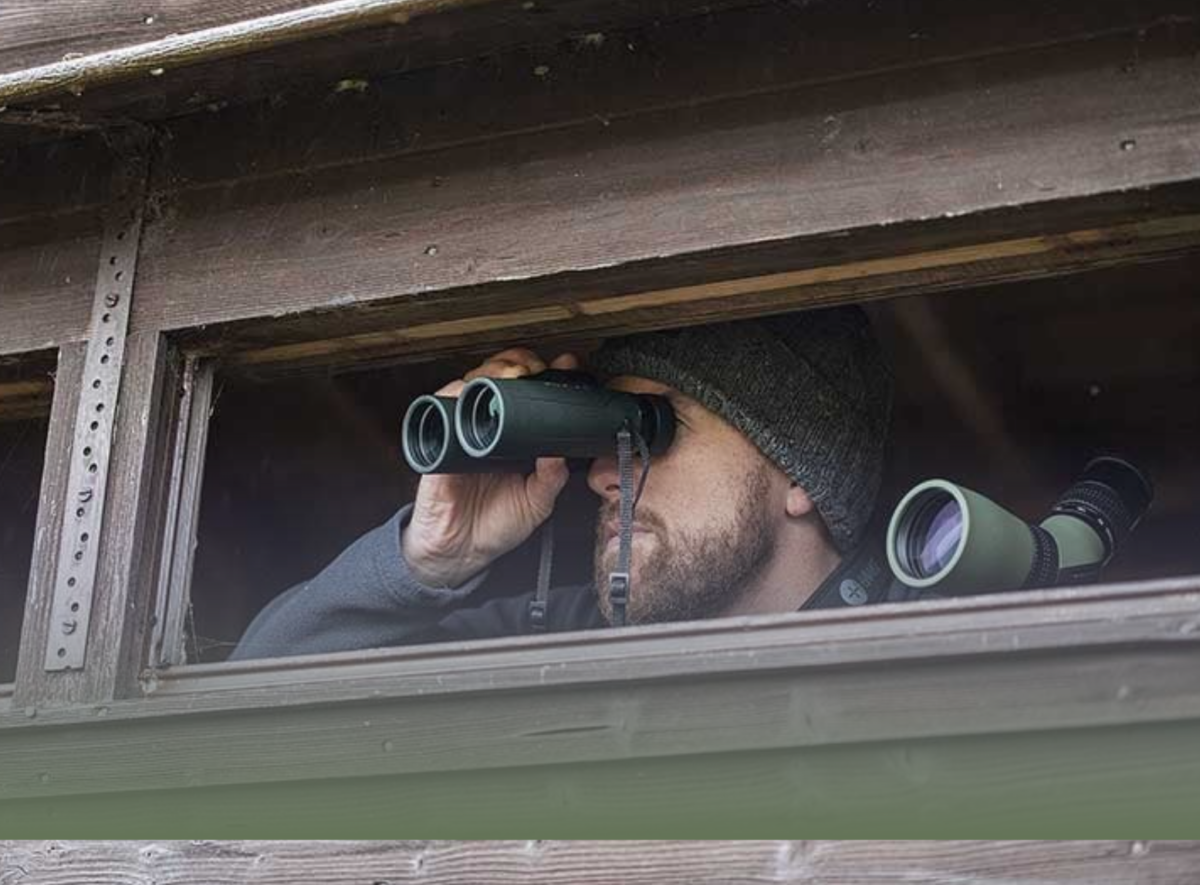
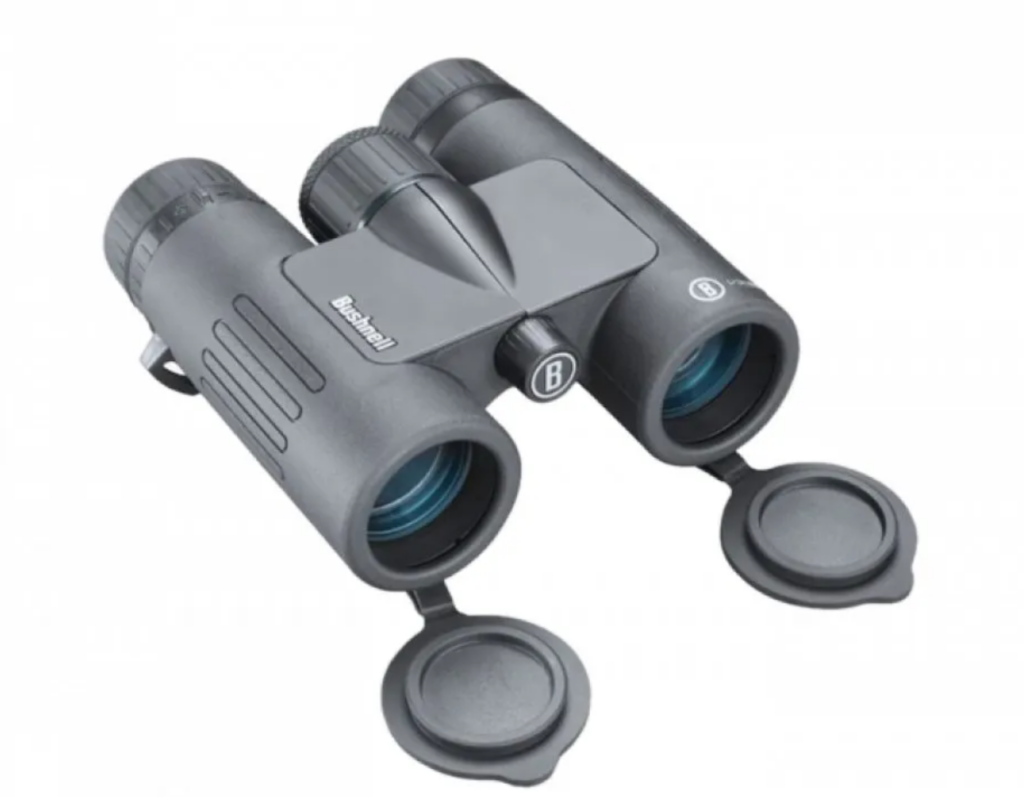
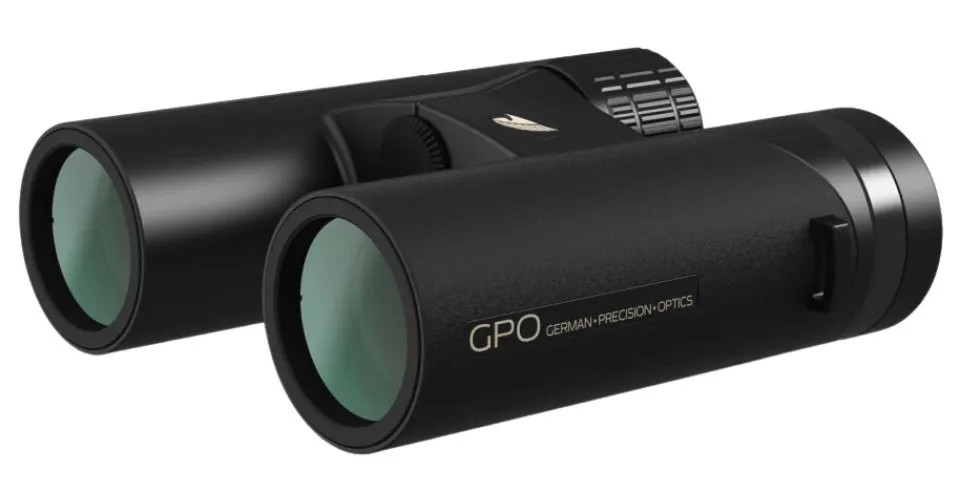
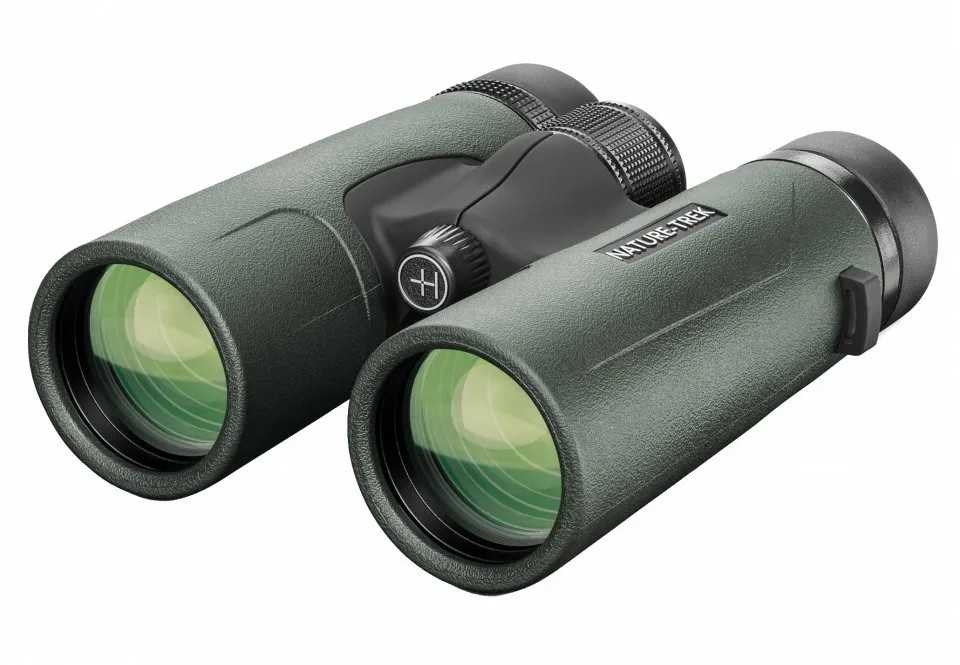
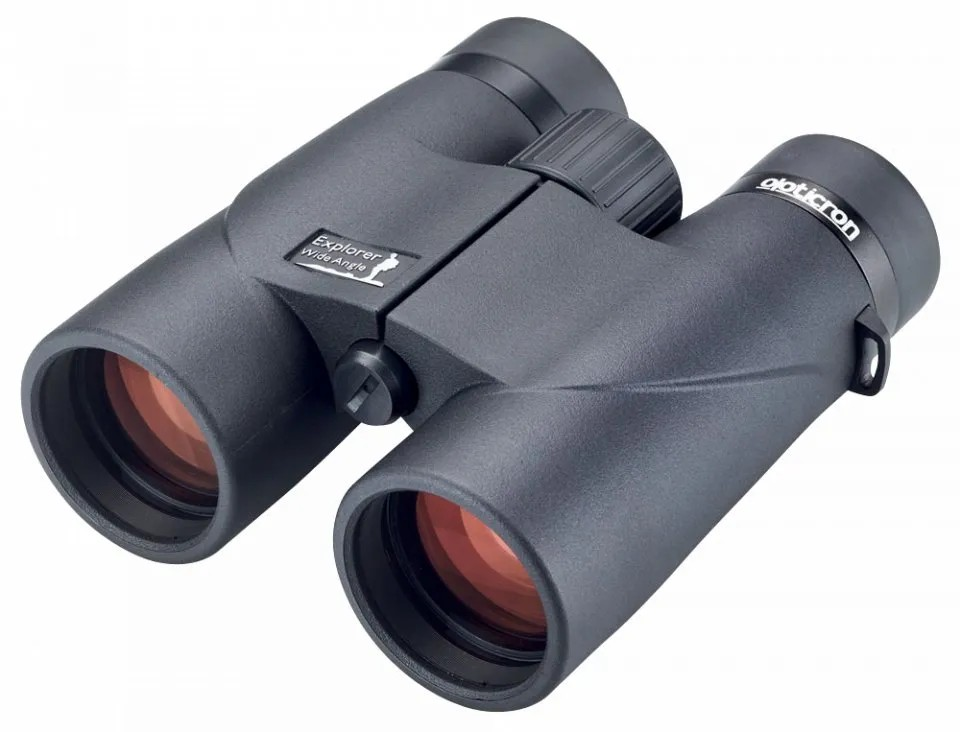

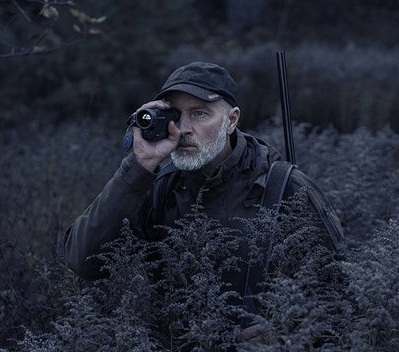





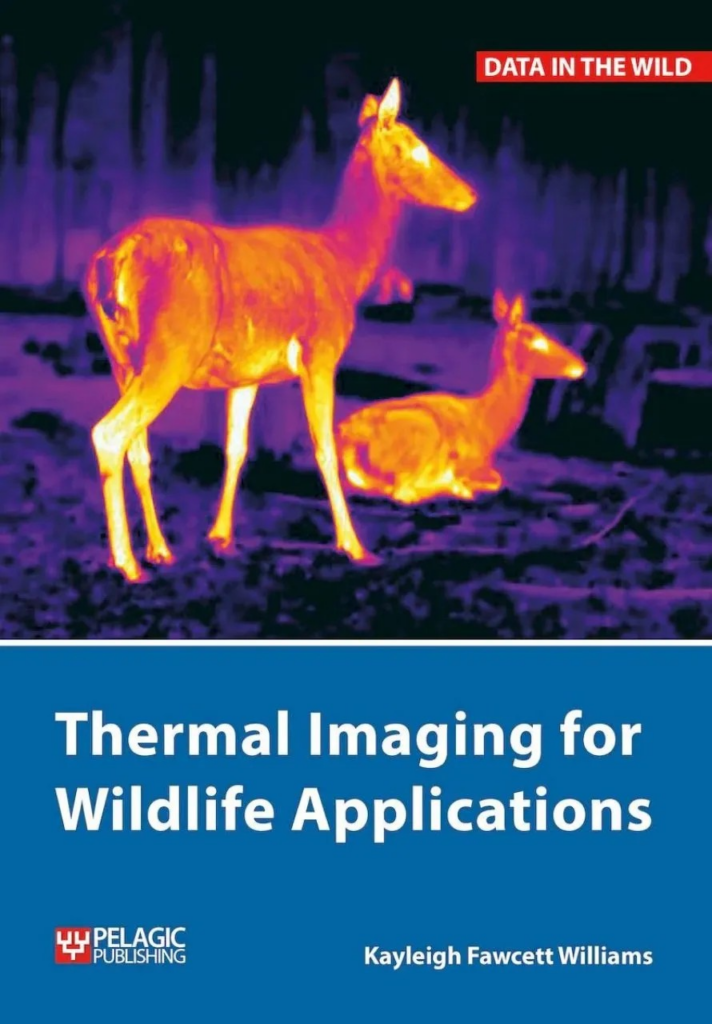
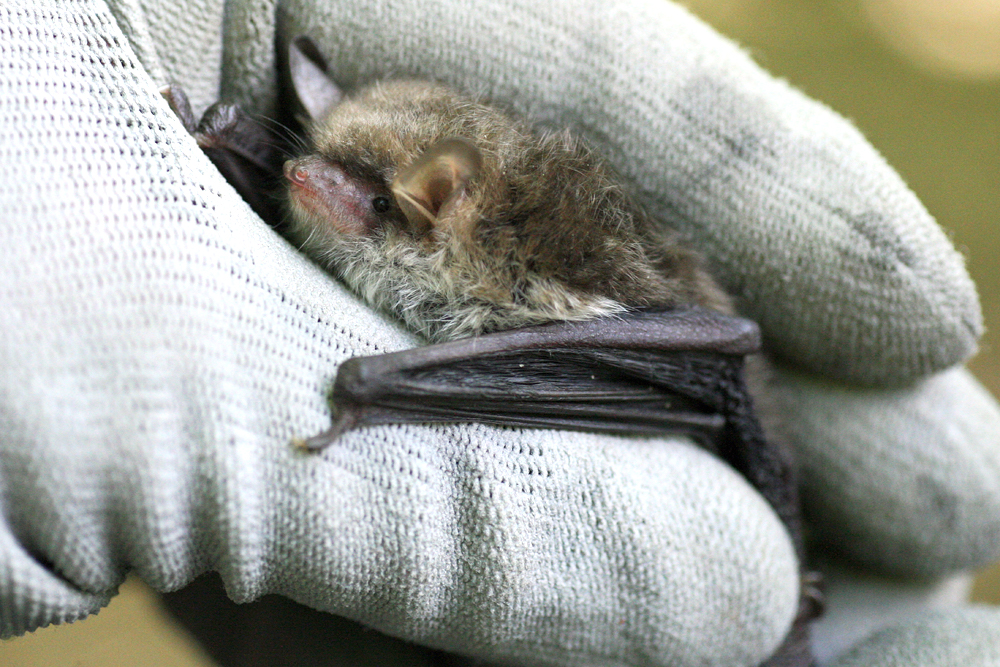
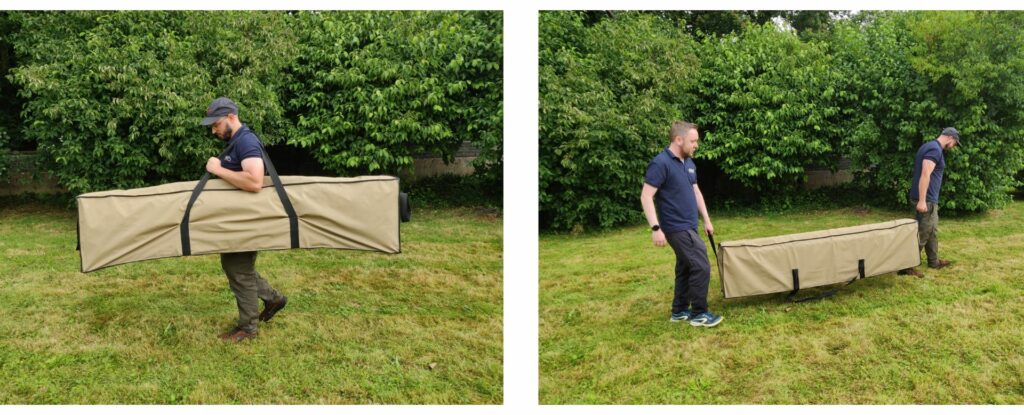
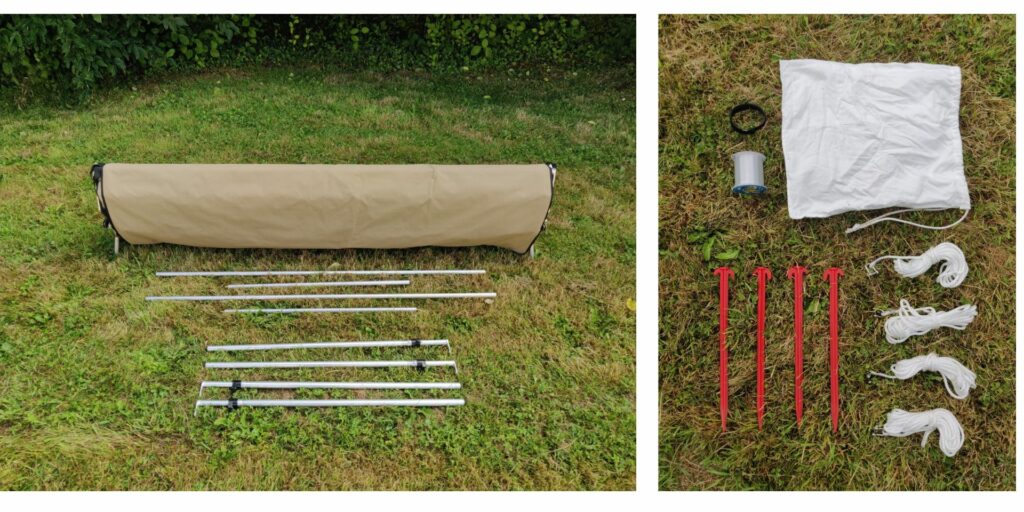
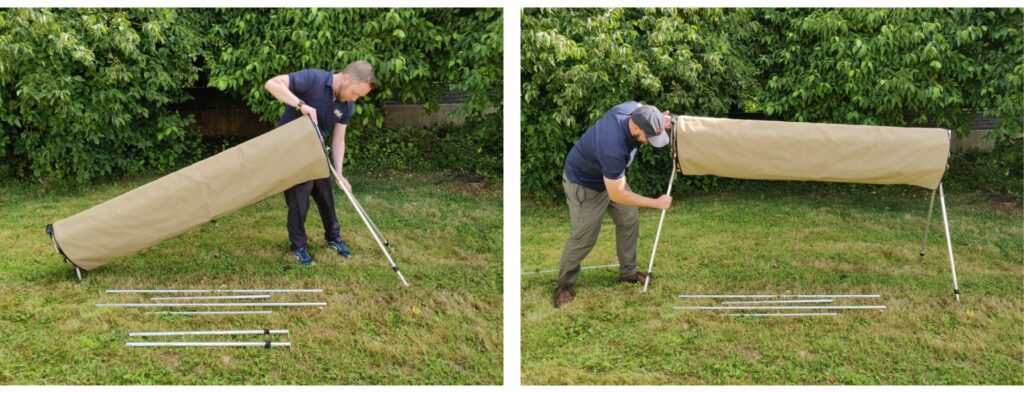
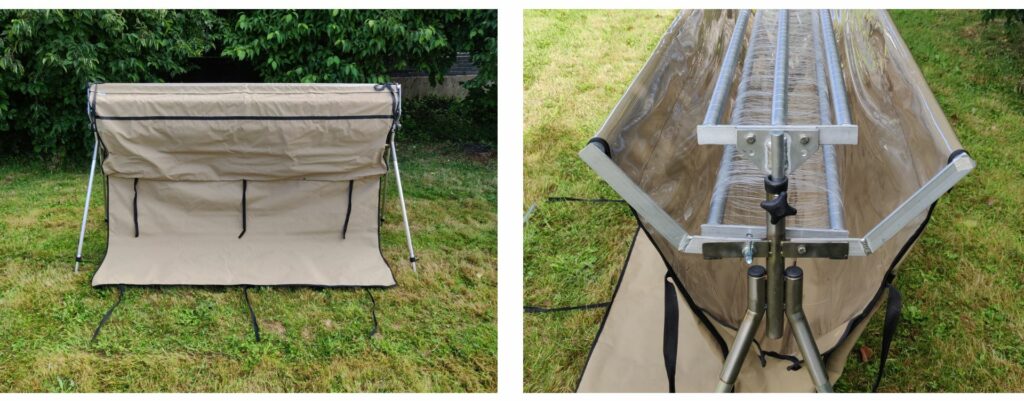
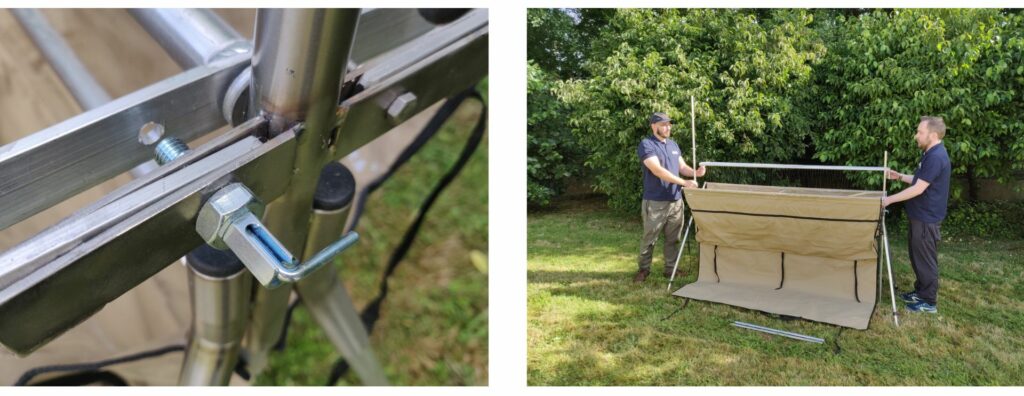
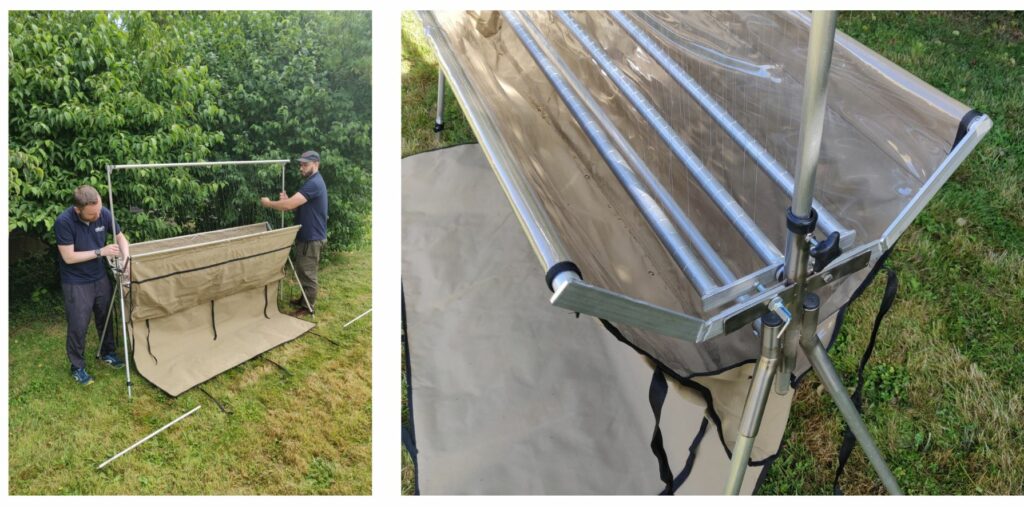
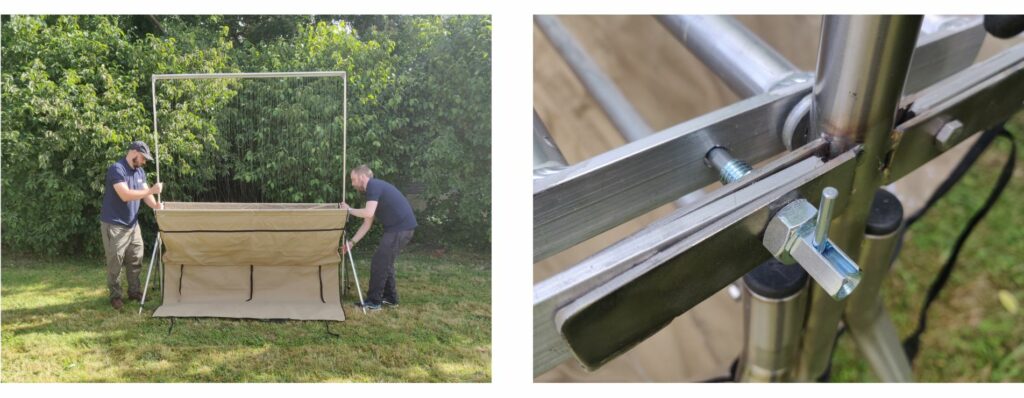
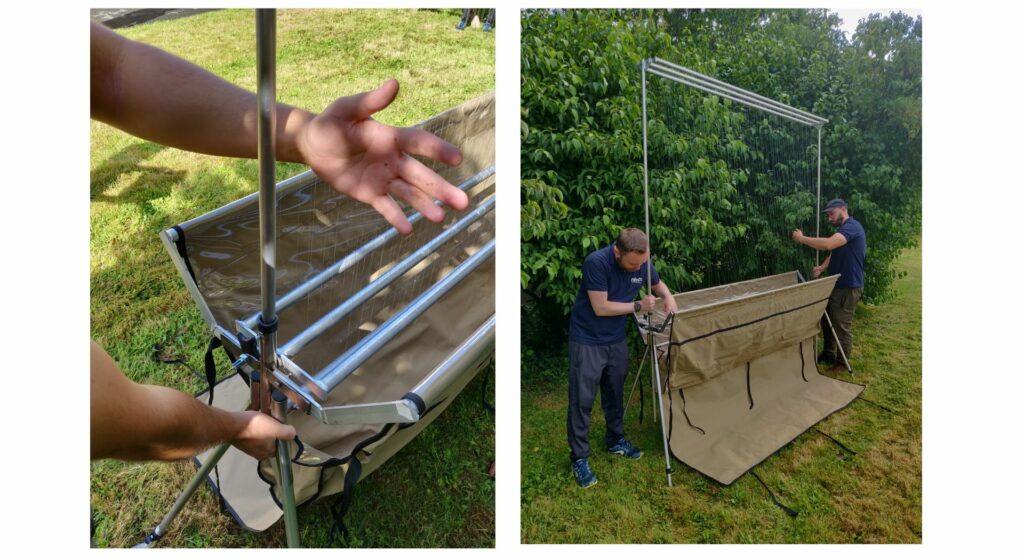
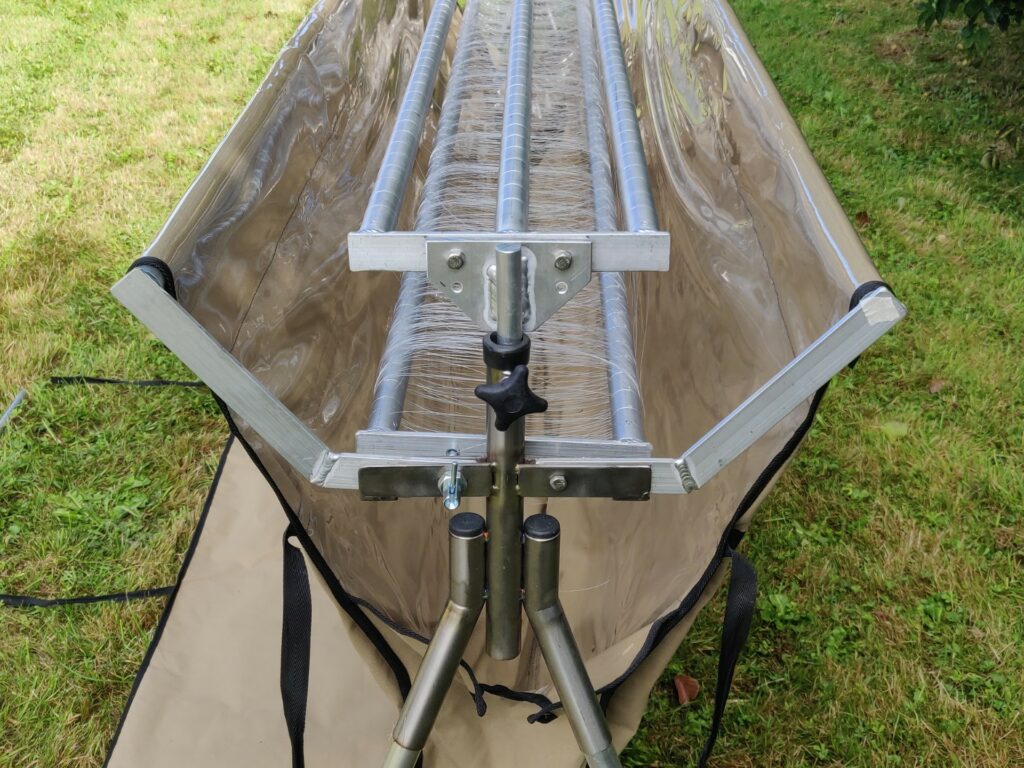
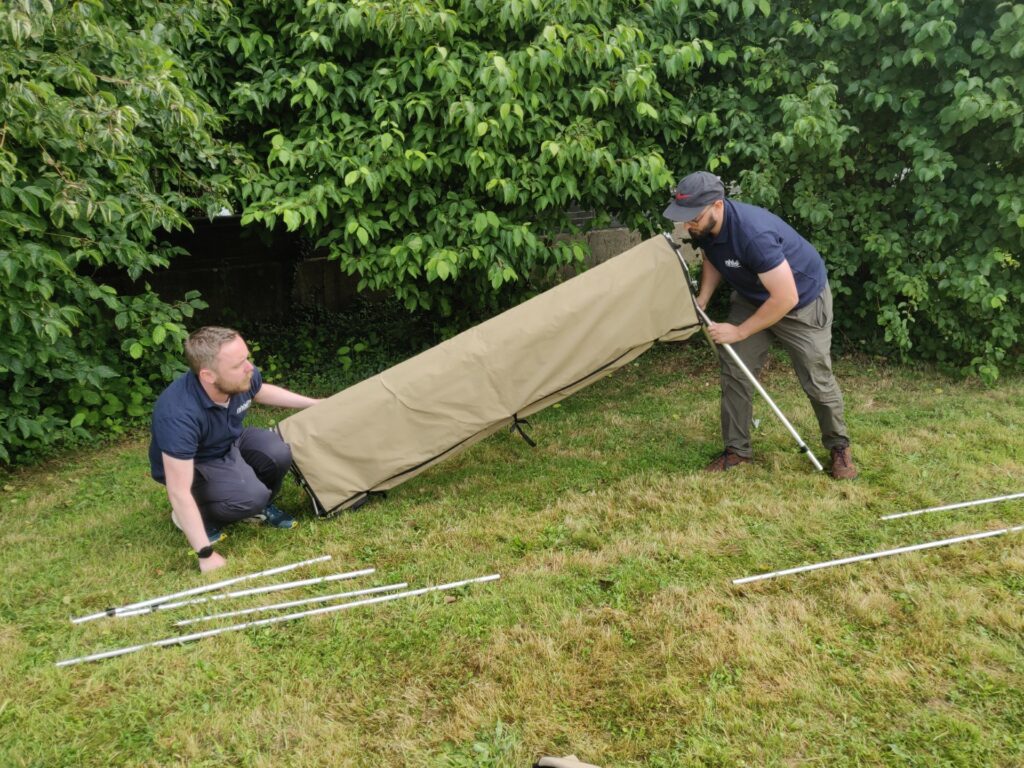

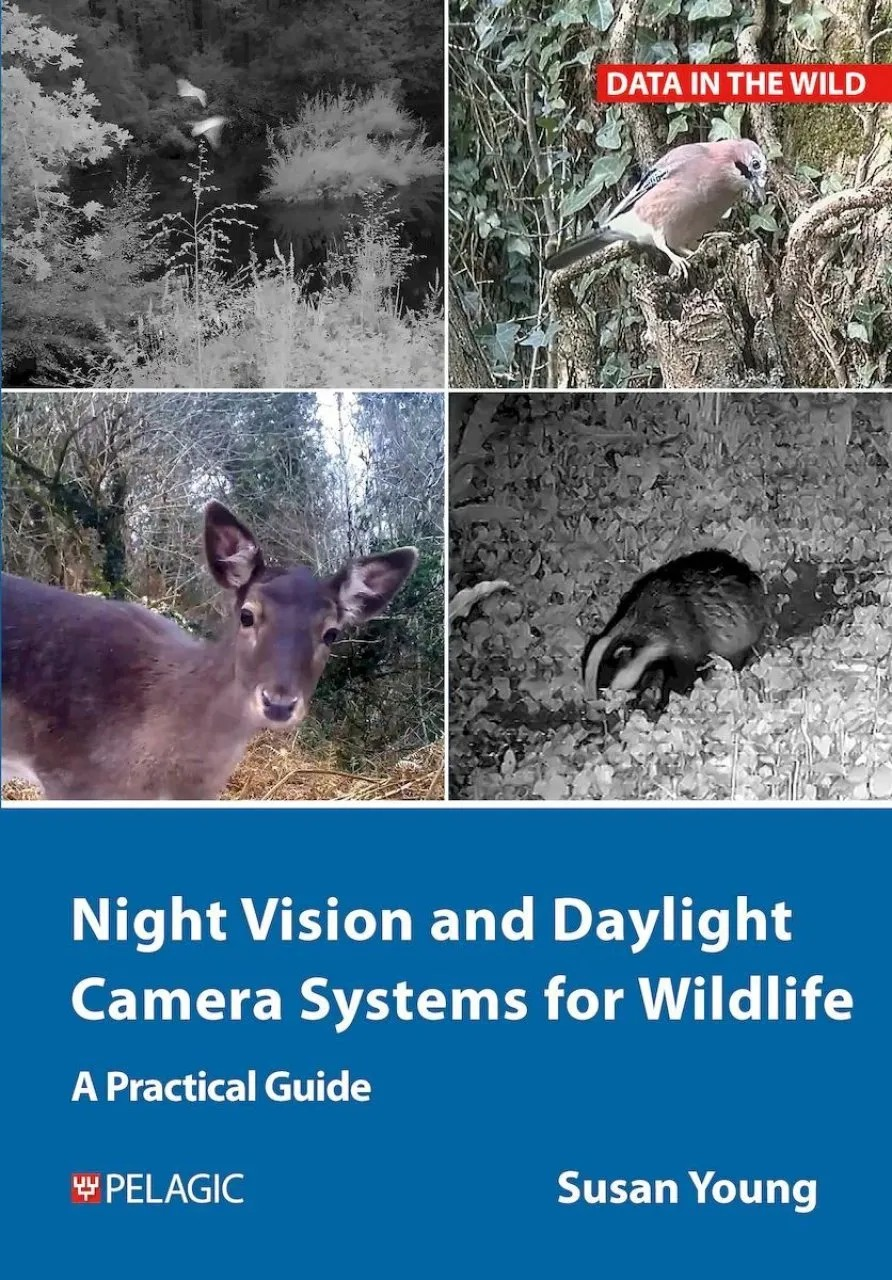
 Susan Young is a photographer and writer based in South Devon, who has a wealth of experience in wildlife photography. She has authored several books, including
Susan Young is a photographer and writer based in South Devon, who has a wealth of experience in wildlife photography. She has authored several books, including 